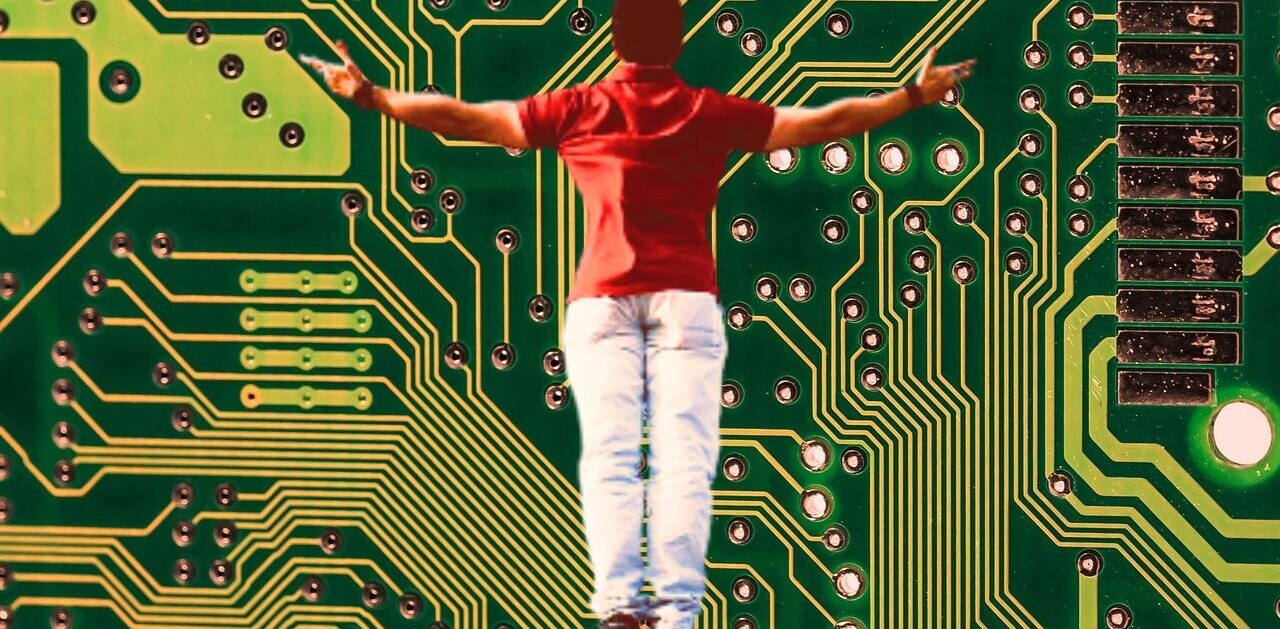
What if a simple algorithm were all it took to program tomorrow’s artificial intelligence to think like humans?
According to a paper published in the journal Frontiers in Systems Neuroscience, it may be that easy — or difficult. Are you a glass-half-full or half-empty kind of person?
Researchers behind the theory presented experimental evidence for the Theory of Connectivity — the theory that all of the brains processes are interconnected (massive oversimplification alert) — “that a simple mathematical logic underlies brain computation.” Simply put, an algorithm could map how the brain processes information. The painfully-long research paper describes groups of similar neurons forming multiple attachments meant to handle basic ideas or information. These groupings form what researchers call “functional connectivity motifs” (FCM), which are responsible for every possible combination of ideas.
To test the theory, the team analyzed and documented how the algorithm worked in seven separate regions of the brain. Each region handled primal responses like fear, or food, in lab rodents. Researchers then charted the number of groupings, or cliques, by providing one of four different food combinations — rodent biscuits, pellets, milk, or rice — and listening to the brain’s response. Overall, they charted 15 unique combinations of responses, all which seem to be pre-wired in the brain. Upon presenting the food to the rodents, the responses happened naturally and disappeared after the stimulus was gone.
Being able to visualize how the brain works in algorithmic form is a fascinating idea. Unfortunately, this algorithm isn’t the key to being more intelligent, at least in humans. In robots, however, the ability to understand the inner-workings of the brain could lead to breakthroughs in artificial intelligence that have our future robot companions thinking a lot like we do.
Or, you could just shove it in a Roomba and watch while it refuses to vacuum your floor.
via Business Insider
Get the TNW newsletter
Get the most important tech news in your inbox each week.




